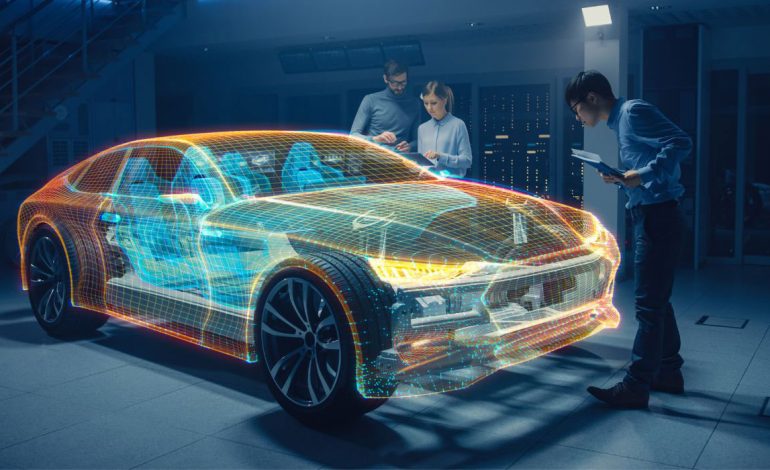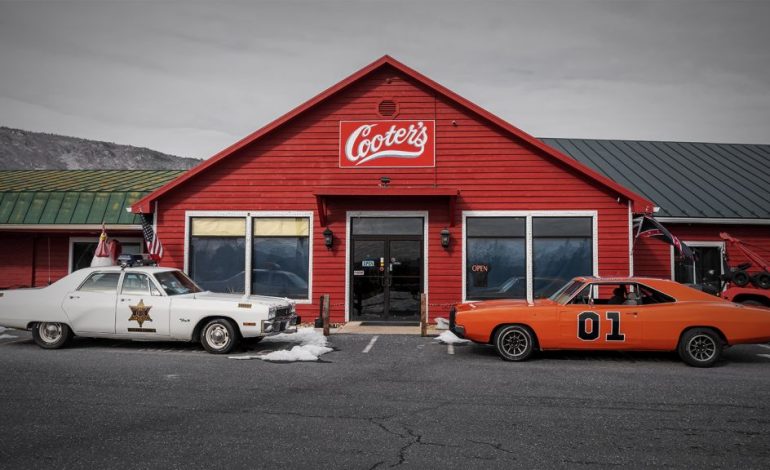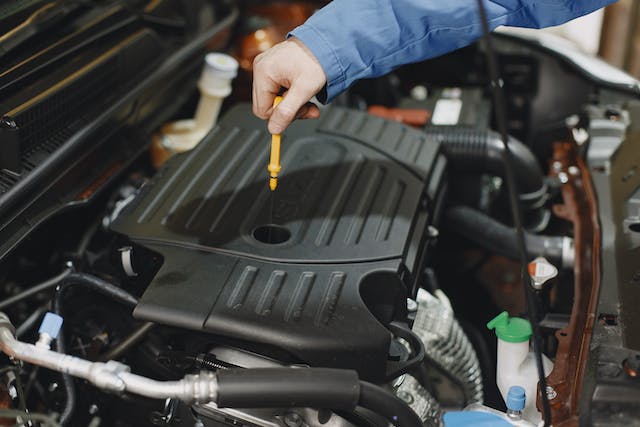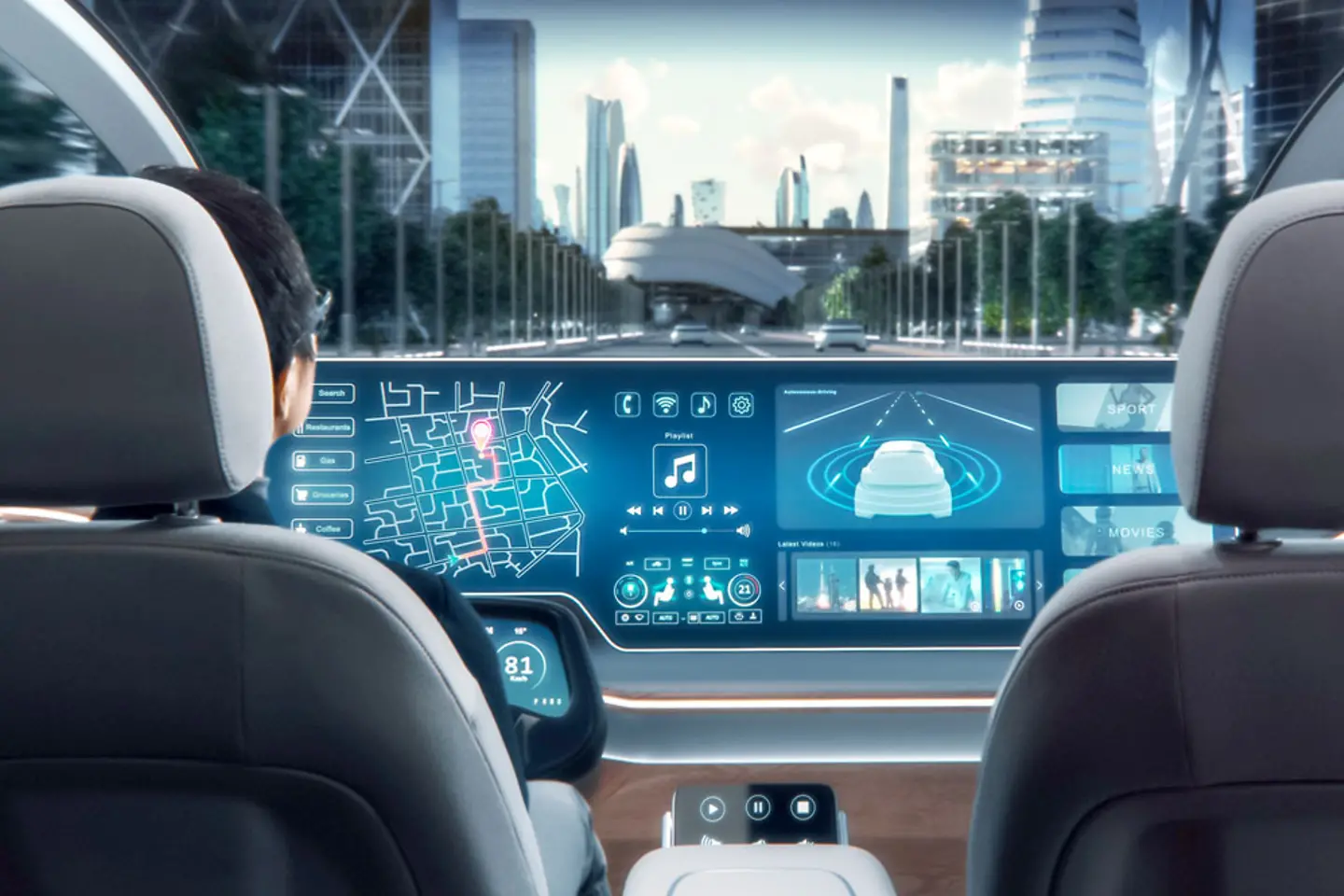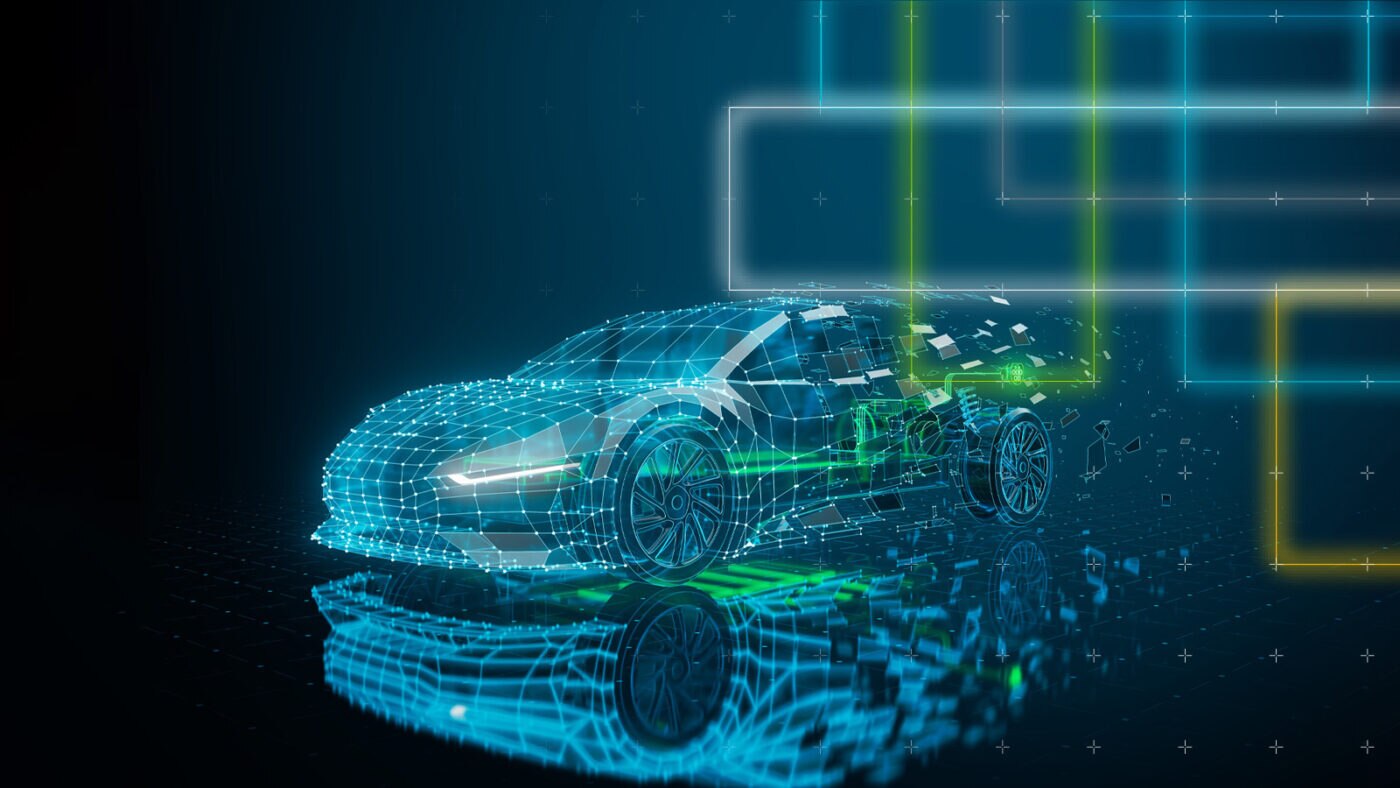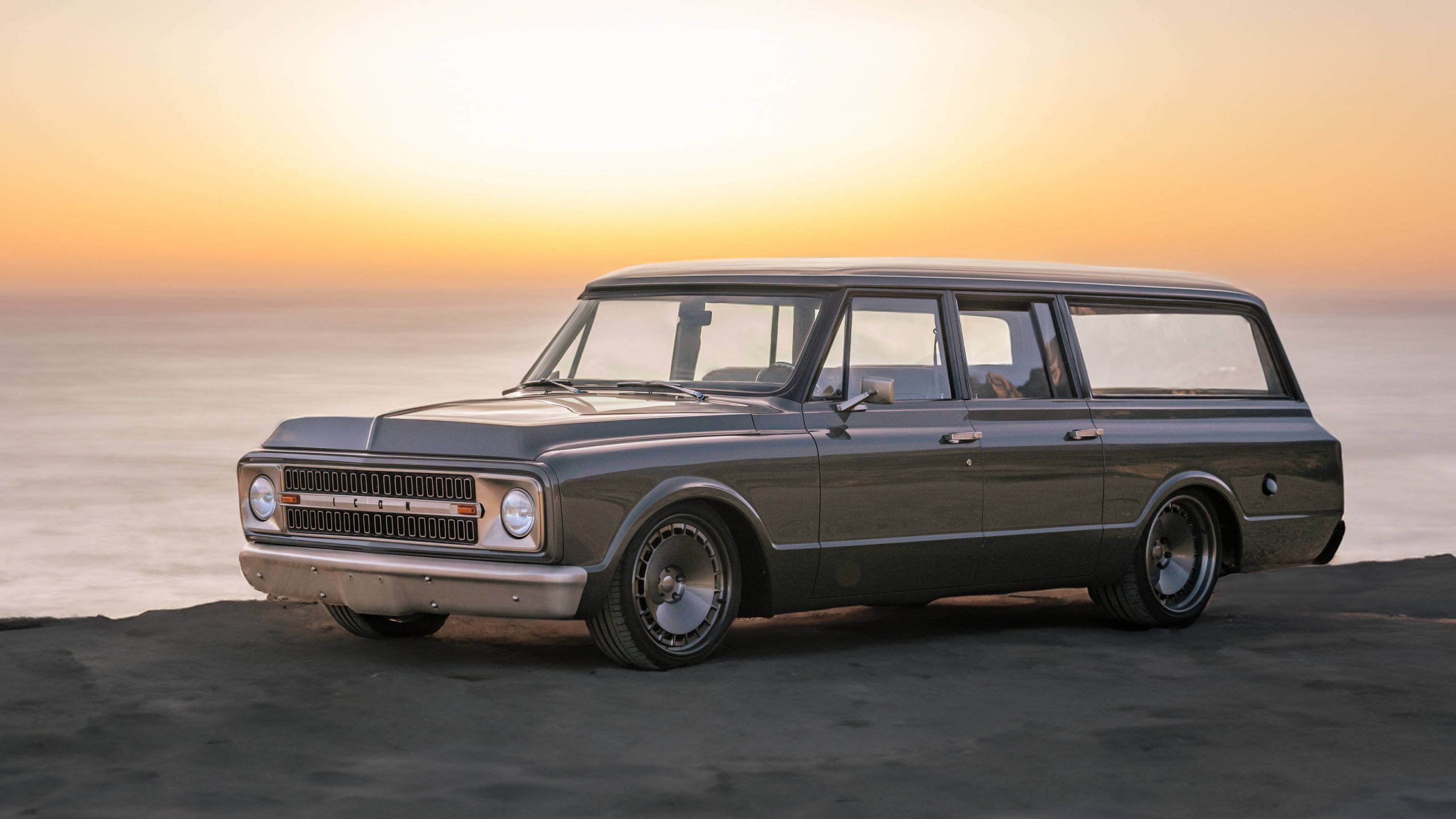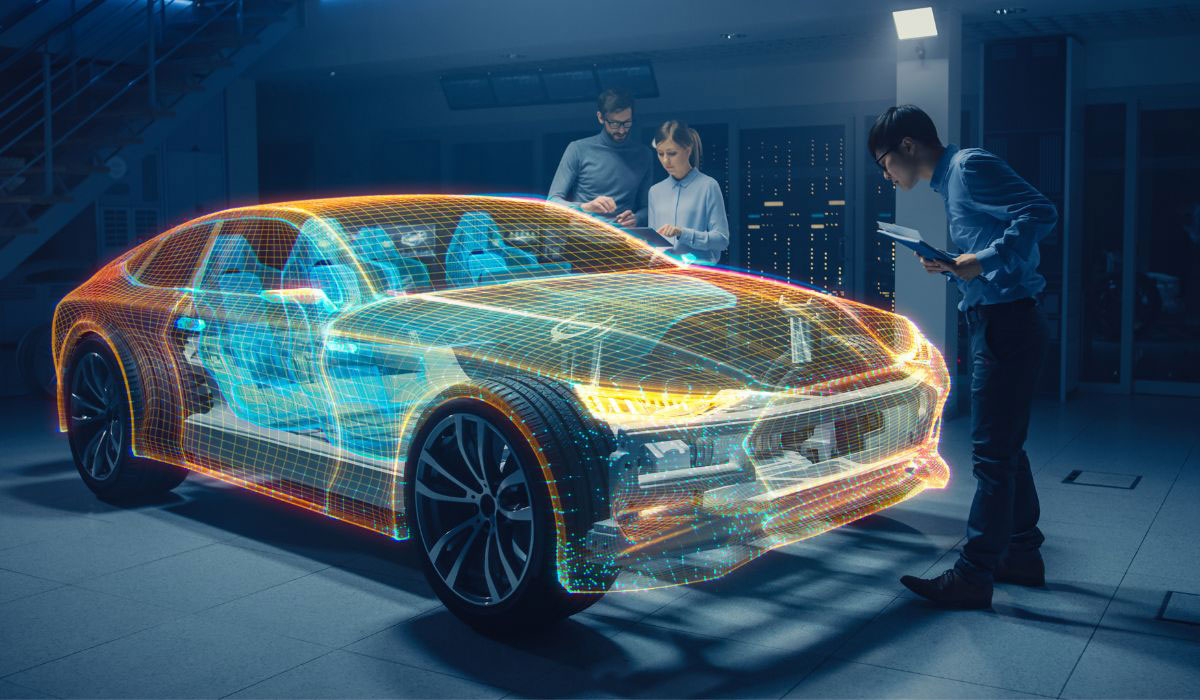The Future of Cars: From Classic Engineering to Smart Mobility
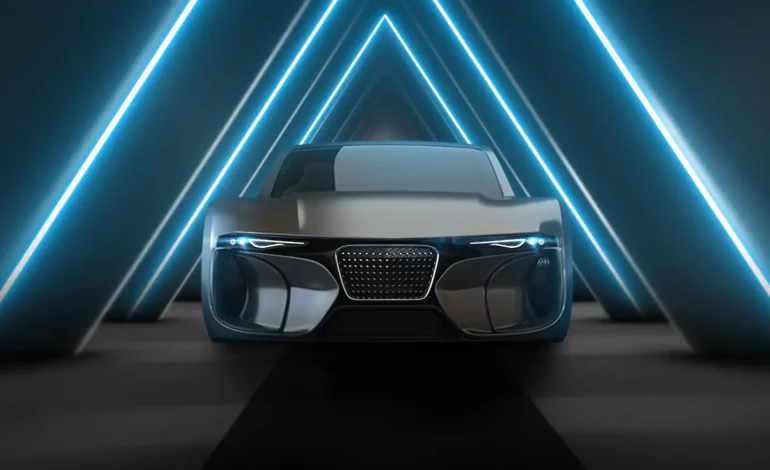
Cars have been more than just a means of transportation. They represent freedom, innovation, identity, and even art. Since Karl Benz introduced the first gasoline-powered automobile in the late 19th century, the automobile industry has evolved rapidly—shaping economies, cultures, and lifestyles across the globe. Today, cars are no longer just about horsepower and design. They are becoming smarter, greener, and more connected than ever before.
In this article, we’ll explore the past, present, and future of cars: their engineering marvels, the rise of electric and autonomous vehicles, and how technology is reshaping the way we drive.
A Brief Look Back: The Evolution of Cars
The history of cars can be divided into distinct phases:
-
The Pioneering Era (1880s–1910s): Early inventors like Karl Benz and Henry Ford transformed personal mobility. Ford’s Model T, introduced in 1908, made cars affordable for the masses.
-
The Golden Age (1950s–1970s): After World War II, cars became symbols of freedom and prosperity. Sleek designs, powerful engines, and cultural icons like the Chevrolet Corvette or the Ford Mustang defined this period.
-
The Modern Era (1980s–2000s): Cars became safer, faster, and more comfortable. Innovations such as anti-lock braking systems (ABS), airbags, and fuel injection improved reliability and efficiency.
-
The Digital & Green Age (2010s–Present): Electric vehicles (EVs), hybrids, and connected technologies are redefining mobility. Tesla, for example, has pushed the industry toward sustainability and software-driven innovation.
The car’s evolution shows one constant: innovation never stops.
Cars as a Lifestyle
For many people, cars are more than machines—they are an extension of personality and lifestyle. Enthusiasts often view vehicles as works of art, investments, or expressions of freedom. Classic car collectors, for example, preserve vintage vehicles as cultural artifacts, while performance enthusiasts pursue speed, precision, and engineering perfection.
Cars also shape lifestyles in subtle ways. A compact city car represents convenience and efficiency, while a luxury SUV signals prestige and comfort. Sports cars embody passion and thrill. The type of car someone drives often reflects not just their needs, but also their identity.
The Rise of Electric Cars
The biggest shift in the automotive industry today is the rise of electric vehicles (EVs). Concerns about climate change, pollution, and the finite supply of fossil fuels have accelerated the push for cleaner alternatives.
-
Environmental Benefits: EVs produce zero tailpipe emissions, reducing urban pollution and greenhouse gas emissions.
-
Lower Operating Costs: Electricity is often cheaper than gasoline, and EVs require less maintenance due to fewer moving parts.
-
Government Support: Many countries offer incentives such as tax credits, subsidies, and infrastructure investments to encourage EV adoption.
Companies like Tesla, BYD, and Rivian are leading the EV revolution, while traditional automakers such as Ford, Volkswagen, and Toyota are rapidly expanding their electric fleets. By 2035, many governments, including the EU, plan to phase out the sale of new gasoline-powered cars entirely.
Autonomous Driving: The Next Frontier
Beyond electrification, autonomous driving is reshaping the concept of cars. Self-driving vehicles use artificial intelligence (AI), sensors, cameras, and LiDAR systems to navigate roads without human intervention.
Levels of autonomy range from:
-
Level 1–2: Driver assistance features (adaptive cruise control, lane-keeping assist).
-
Level 3–4: Partial to high automation, where the car can drive itself in certain conditions.
-
Level 5: Full automation, where no driver is required.
While companies like Waymo, Tesla, and Mercedes-Benz are testing autonomous systems, challenges remain. Safety, regulations, infrastructure, and public trust must be addressed before self-driving cars become mainstream. However, once perfected, autonomous vehicles could reduce accidents, improve traffic flow, and provide mobility for people unable to drive.
Connectivity and Smart Cars
Modern cars are increasingly connected to the digital world. Features like Apple CarPlay, Android Auto, and built-in infotainment systems integrate vehicles with smartphones, navigation, and entertainment.
Future smart cars will:
-
Communicate with each other to prevent accidents (vehicle-to-vehicle communication).
-
Sync with smart cities to optimize traffic and parking.
-
Personalize driving experiences using AI and machine learning.
In this sense, cars are no longer just vehicles—they are becoming mobile computers, seamlessly integrated into our digital lives.
Sustainability and Alternative Fuels
While EVs dominate discussions about green cars, other technologies are emerging:
-
Hydrogen Fuel Cells: Cars powered by hydrogen produce only water vapor as emissions. Toyota’s Mirai is a leading example.
-
Hybrid Systems: Combining gasoline engines with electric motors, hybrids like the Toyota Prius remain popular for those not ready to fully switch to EVs.
-
Biofuels: Renewable fuels made from organic materials may provide sustainable options for existing engines.
The future of cars may not belong exclusively to one solution but rather a mix of technologies tailored to different needs.
Challenges in the Car Industry
Despite rapid innovation, the automotive industry faces significant challenges:
-
Infrastructure: Charging stations for EVs and fueling stations for hydrogen are still limited in many regions.
-
Costs: EVs remain more expensive upfront compared to gasoline cars, though prices are dropping.
-
Supply Chains: Shortages in semiconductors and raw materials for batteries have disrupted production globally.
-
Regulations and Safety: Governments must balance innovation with safety standards, emissions targets, and data privacy.
Addressing these issues will be critical for shaping the next decade of mobility.
The Human Connection: Driving Passion
Despite all the technology, one thing remains unchanged—the human connection with driving. For many, cars are not just machines but experiences. The thrill of a winding road, the roar of an engine, or the quiet hum of an EV creates moments of joy.
Classic cars, for instance, remind us of the artistry and craftsmanship of earlier decades. Meanwhile, motorsports like Formula 1 or rally racing showcase the cutting edge of performance and innovation. Even in a future of autonomous vehicles, the love of driving will continue for enthusiasts who cherish the control and emotion of being behind the wheel.
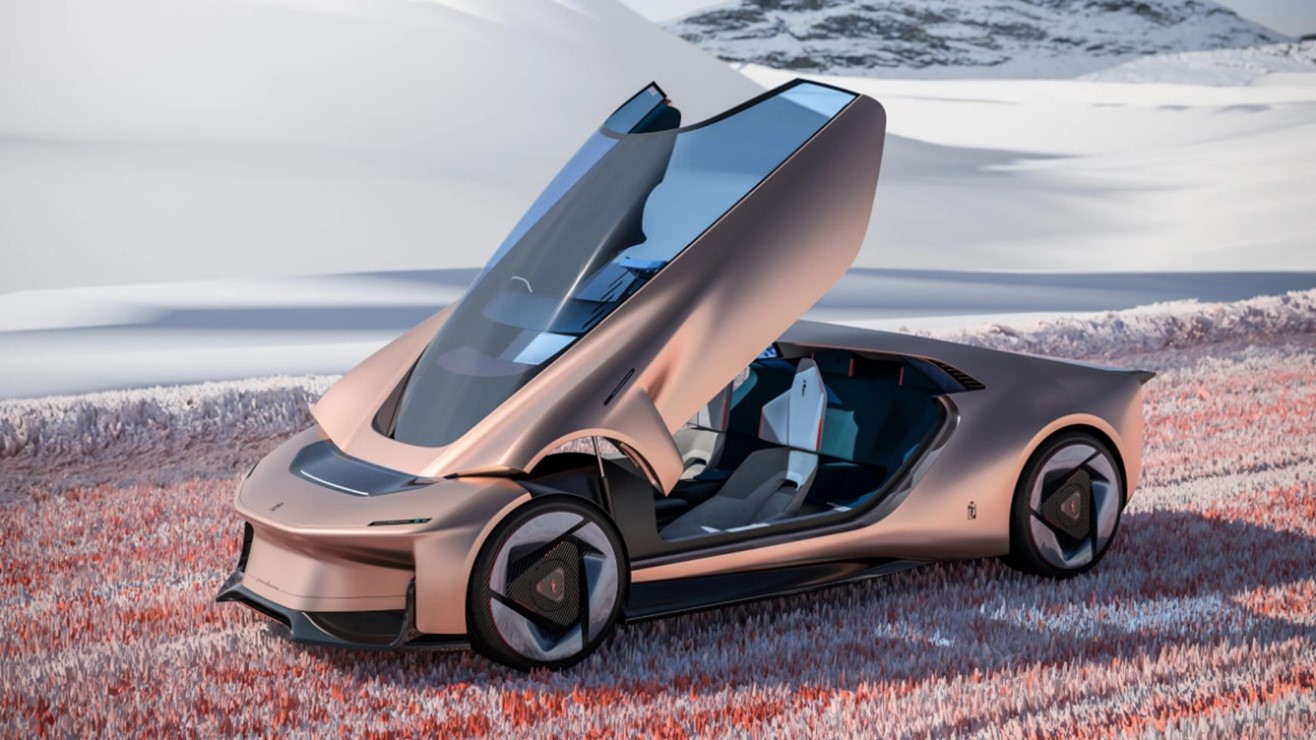
Conclusion: The Road Ahead
Cars have transformed the way humans live, work, and connect. From the Model T to Tesla, from gasoline to electricity, from manual driving to autonomy, cars reflect society’s innovation and ambition.
The future of cars is being shaped by three major trends: sustainability, connectivity, and autonomy. While challenges remain, the direction is clear—cleaner, smarter, and more efficient mobility.
Yet, even as technology evolves, the essence of cars remains the same: freedom, adventure, and identity. Whether you are a classic car collector, an EV enthusiast, or someone who just loves a weekend drive, cars will always be more than machines—they will remain companions on the road of life.

